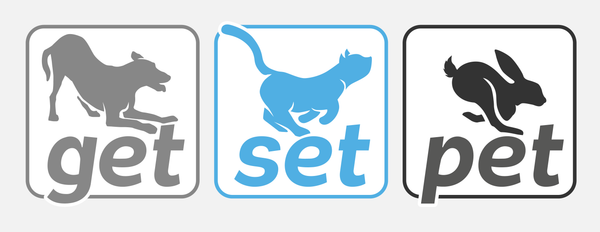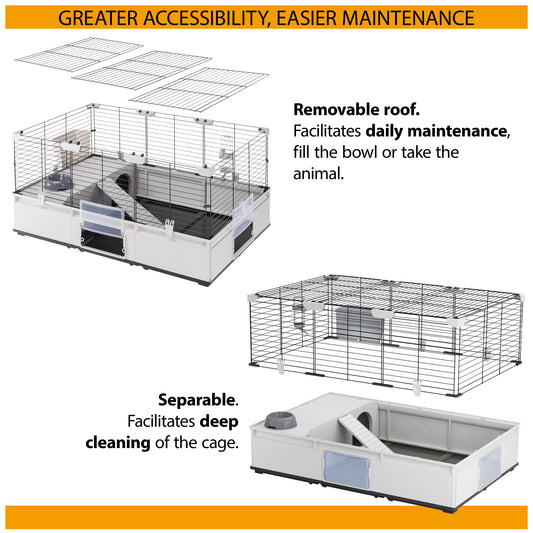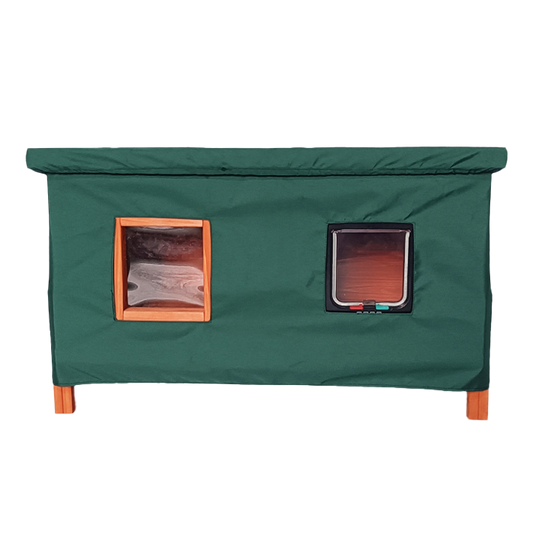Changing your dog’s food can be quite the headache if not done properly. If your dog has been eating the same dog food for a long time their digestive system will have got used to a particular blend of ingredients and will need time to adjust to anything new. If you are changing from one brand of dog food to another, but sticking to the same type – such as kibble (dry dog food), then it is best to introduce the new recipe gradually over a few days. Start the feeding adjustment process by mixing a majority of their current dog food (75%) with a smaller amount of the new variety (25%). Over subsequent days slowly adjust the ratio of old and new until you’re feeding entirely the new brand. This process should take about a week to complete which will give your dog’s digestive system plenty of time to get used to the ingredients in the new dog food whilst mitigating the risk of any stomach upsets.
If you are intending to switch from one type of dog food to a completely different category, such as moving from kibble to raw, then this may take a little longer for your dog to get used to. Be aware that you may notice the occasional stomach upset over the period of transition. This is normal as a dog fed solely on kibble can find their first raw meal to be a bit of a shock to their digestive system!
Again, making the change over a period of not less than a week is best. Start by feeding one meal of mainly kibble and then another meal a minimum of around eight hours later of raw. This is preferable to mixing the two different dog foods together as kibble takes longer to digest than raw meat and may cause unnecessary stomach upsets as a result. You may also find that certain meats don’t agree with your dog but trial and error is the only way that you will find this out. Feeding just a small portion of raw initially makes things easier for both you and your dog and will allow you to gradually increase the amount of raw that you feed until the end of the transition period on day seven.
It’s possible you will want to make a switch in the opposite direction from raw to kibble. Some people don’t get on with raw feeding, some don’t have the freezer space and some dogs just prefer a non-raw diet. This is perfectly fine but as before it is recommended that you make the transition over a period of time by splitting your dog’s diet into two separate meals for the reasons mentioned above.
Following this guide should help you and your dog switch foods in as stress-free a way as possible whilst reducing the risk of stomach upsets and indigestion problems. Of course, if your dog’s constitution still doesn’t agree with their new diet, even after implementing a controlled transition period, then you may need to look at whether there are any underlying causes that might lie behind this. Is he sensitive to the wheat gluten which is in his new food but wasn’t in the old one? Maybe chicken would suit him better than beef? Does he have an allergy to pork perhaps? By carefully eliminating potential allergens from your dog’s diet you will hopefully get to a point where both you and your best friend can start to enjoy dinner time again.
If you enjoyed this article, you may be interested in:









